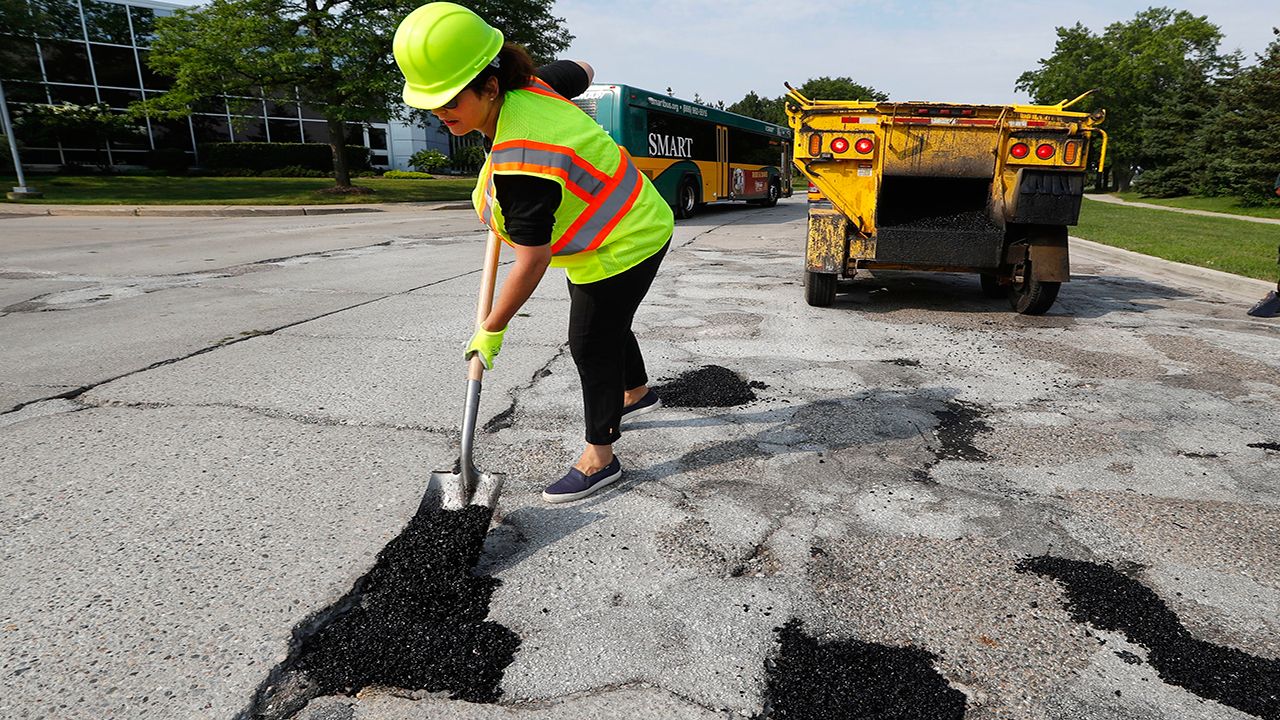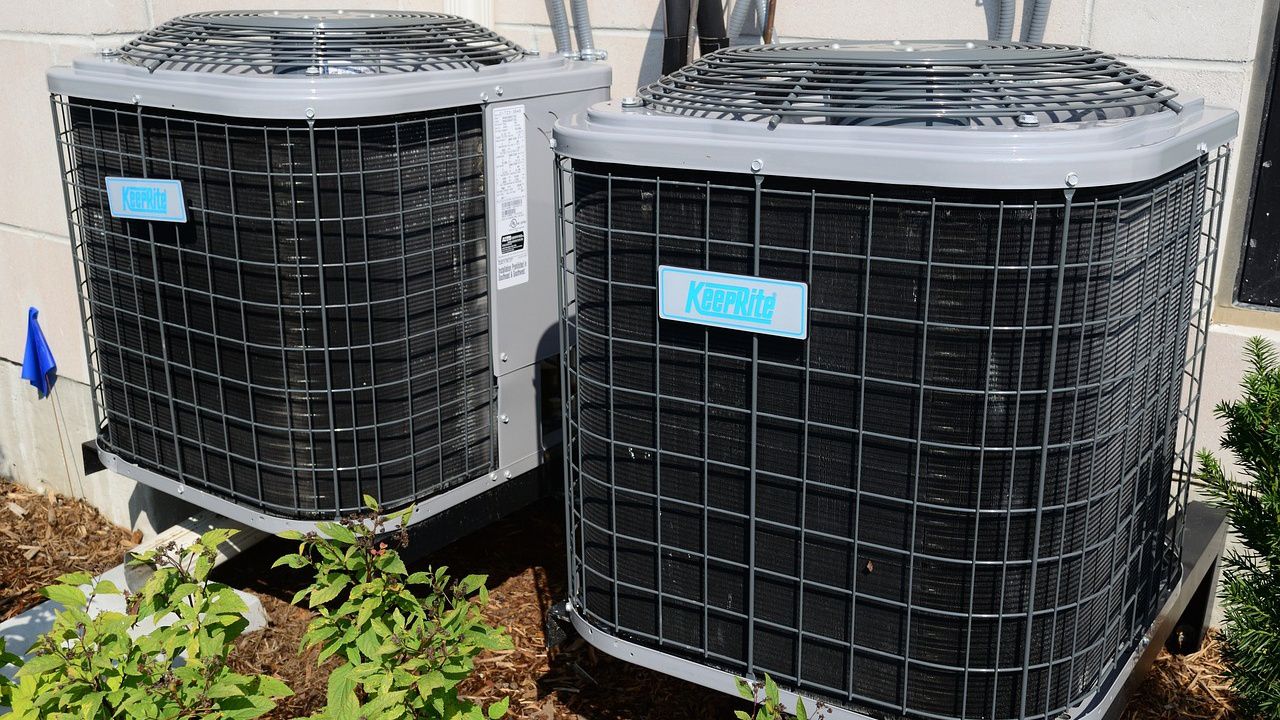Since 1966, there have only been five other hurricane seasons with as little activity as this season has to this point.
What You Need To Know
- Some seasons end more active after slow starts
- Even the least active years can still produce devastating hurricanes
- Research is ongoing to determine other factors that impact tropical seasons
Since the modern satellite era began, 1967, 1977, 1984, 1988 and 1992 have been the slowest starts to the Atlantic Hurricane Season. 2022 is now in that group as activity has been very limited so far.
Note in the graph below, the green line is where we currently are and the dotted black line is the 30 year average of tropical activity in the Atlantic.
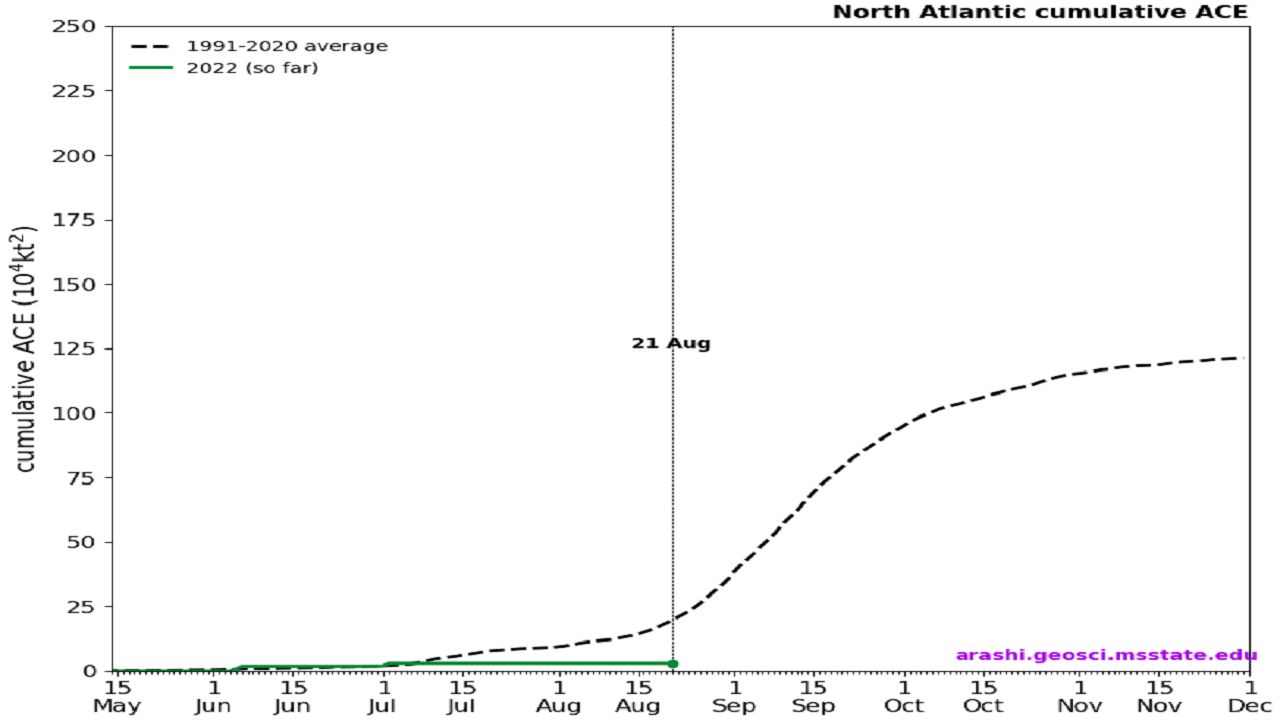
The best way to compare tropical seasons is to look at what we call Accumulated Cyclone Energy (ACE). Comparing seasons based on the number of storms isn’t reliable because there can be years with numerous weak storms that have very little impact, and then there can be years that only have a handful of storms, but if they’re large storms, they can have a much larger impact.
This is where the ACE index is best utilized. It gives us a better comparison of how each season stacks up against others.
The below chart shows there are natural fluctuations to the ACE index with some years being less active and other years being a lot more active. Notice the active years of 2004, 2005 and 2017 are distinct on the chart.
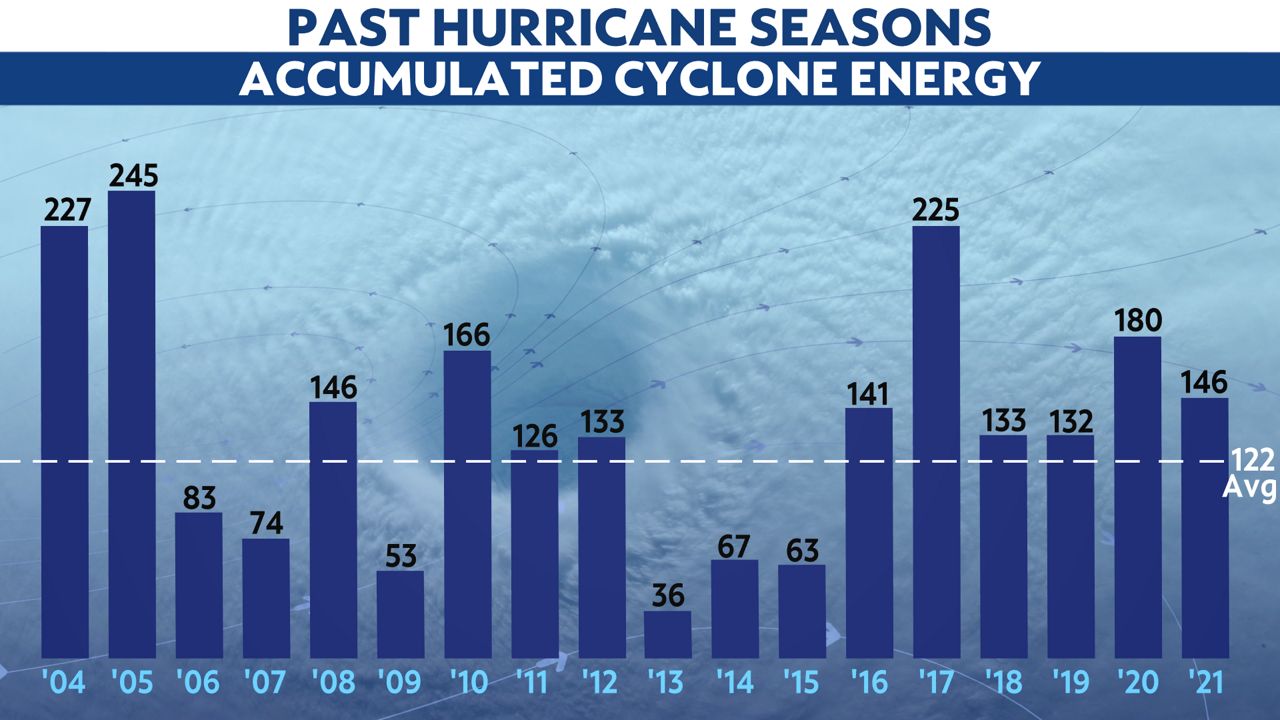
So what does this mean for the rest of this hurricane season? A slow start doesn’t always guarantee a slow finish, as there have been some years activity really ramps up in the second half.
Also, keep in mind that a less active season doesn’t mean a major hurricane won’t impact land. “It only takes one” is a common phrase you’ll hear us say in our weather center.
In the seasons that had less activity of 1967, 1977, 1984, 1988 and 1992, there was an example of a powerful hurricane in each of those seasons.
In 1988, Hurricane Gilbert was one of the strongest Category 5 hurricanes on record and made landfall in the Yucatan Peninsula in Mexico. In 1992, Category 5 Hurricane Andrew made landfall in Florida even though the season overall was quiet.
In the chart below, the red lines show how seasons progress when they start with less than 50% of ACE up to this point. Only four seasons ended up above average.
It will be interesting to see if this can be one of those seasons that overachieves after a slow start. Keep in mind that because of our advanced satellite technology, we’re able to see a lot more storms than we did just 20 years ago, so it’s easier to add to the ACE numbers even in slower seasons.
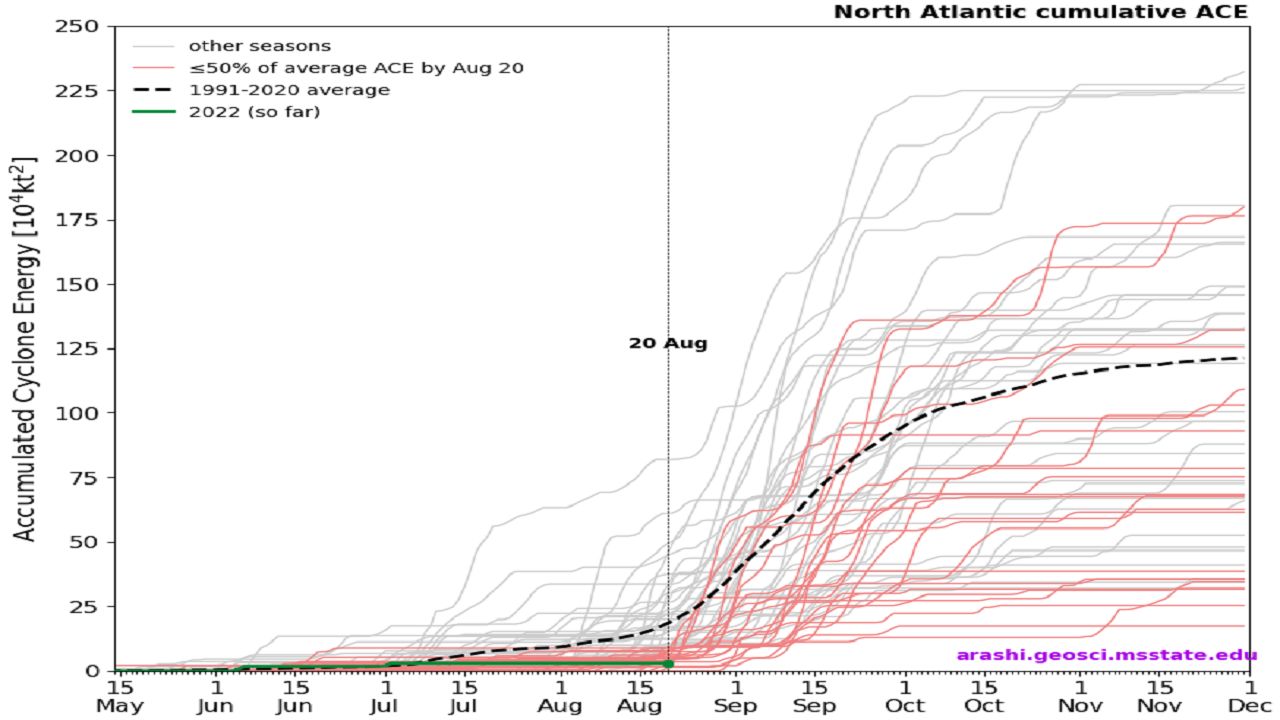
That being said, there are a lot of atmospheric conditions that seem to be inhibiting tropical activity that weren’t well predicted before this season. There has been a lot of dry air coming off Africa.
There’s also been multiple upper level lows in the Atlantic that have been leading to wind shear that prohibits hurricane growth. These factors can change on a weekly basis, which can dictate how the last half of the season turns out.
Although water temperatures are warm, this is a perfect example of how the hurricane season doesn’t solely depend on water temperatures. There are many other variables.
Some of those variables are still be researched to this day. There are oscillations and wave patterns that circle the globe on weekly and monthly cycles we still don’t fully understand. More research into these fields will push us to better understand long term tropical forecasting in the future.
Our team of meteorologists dives deep into the science of weather and breaks down timely weather data and information. To view more weather and climate stories, check out our weather blogs section.






